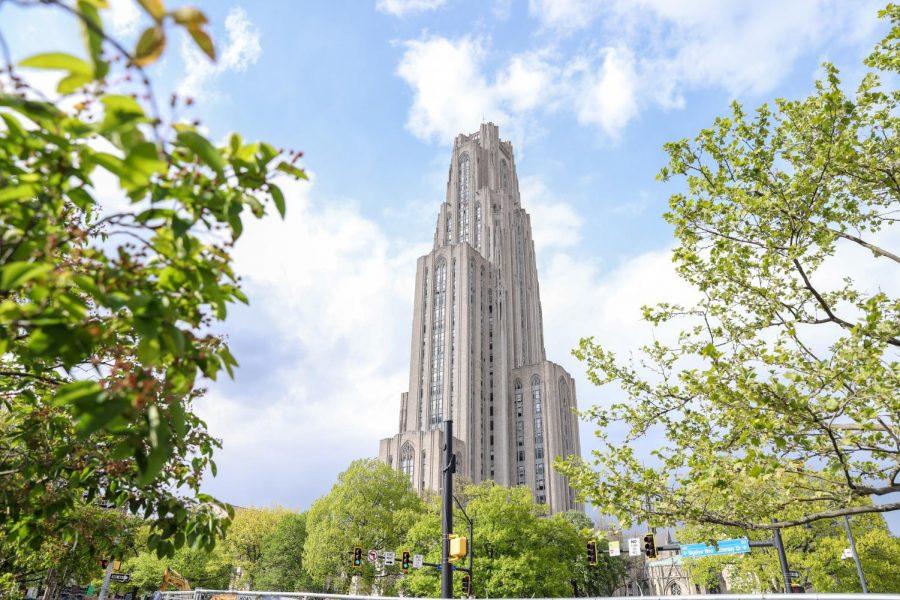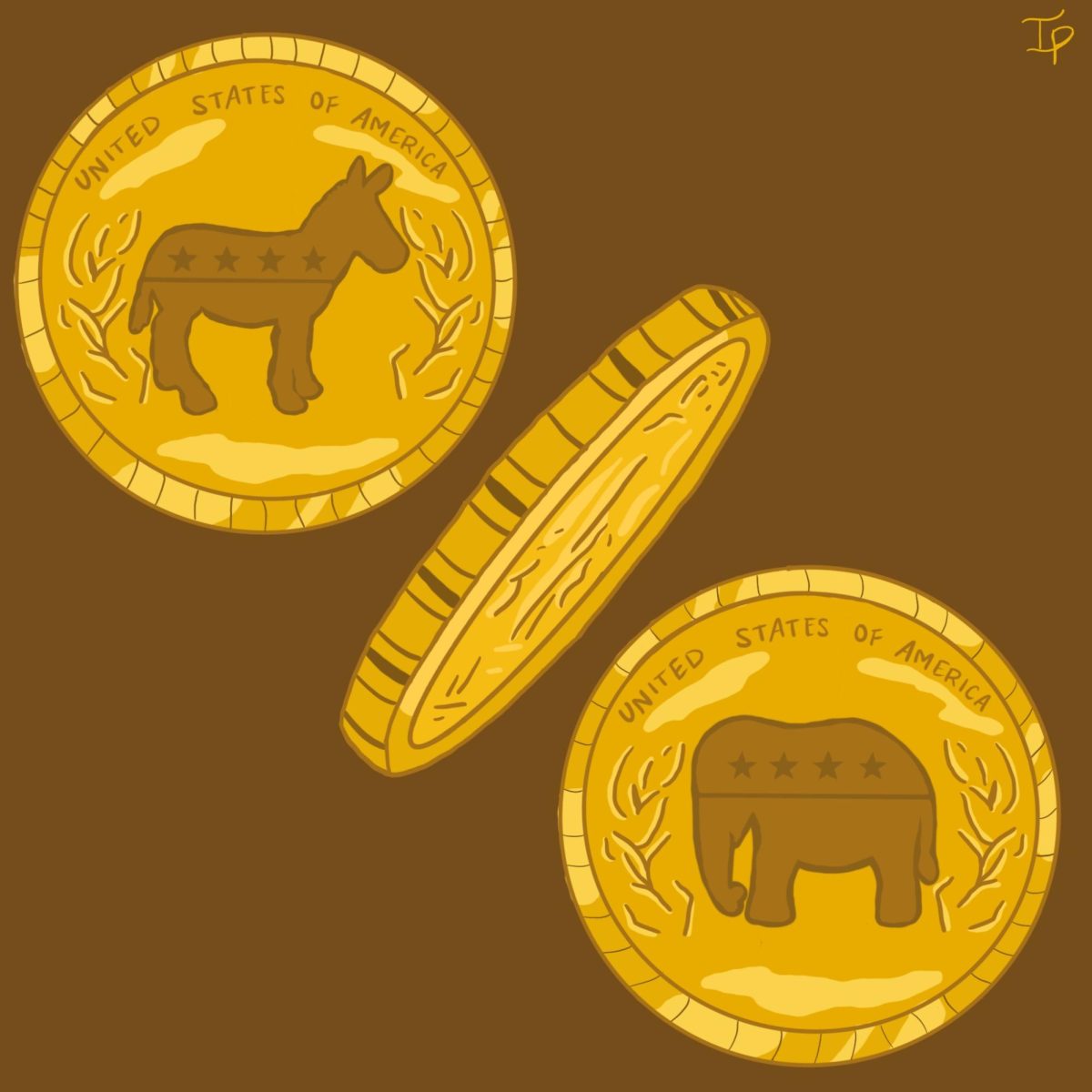Oakland audio tour unearths neighborhood history
Kaycee Orwig | Senior Staff Photographer
Appalachian Paris, a production by Pitt’s theater arts department, provides a guided, one-hour audio tour of Oakland.
June 9, 2021
There was a time when you could ride a rollercoaster in the spot that is now residential North Craig Street. Luna Park, an amusement park built in 1905, once stood at the intersection of North Craig Street and Centre Avenue.
Oakland trivia like this is exactly what you would learn while on a guided, one-hour audio tour of the neighborhood, called Appalachian Paris, a production by Pitt’s theater arts department.
Alison Mahoney, the production’s assistant director, said initially the logistics of production was up in the air because of the COVID-19 pandemic.
The production was created collaboratively by an ensemble of actors. “We started just sort of knowing that we were going to do some sort of audio tour,” Mahoney said. “Possibly an outdoor performance, ‘cause we weren’t sure what risk posture Pitt was going to be in at the time.”
Parker Stephens, a rising senior theater arts major, said he found the devised, or collaborative, nature of the production to be a different but helpful environment. He was part of the ensemble cast and then became one of the production’s lead sound designers.
“I felt that whenever we’re all getting together and we’re really able to start just freely bouncing ideas off of each other, I guess it’s not as like we’re all students in this art project, but we’re all now having to view ourselves as the full artists,” Stephens said.
With the production taking place during the COVID-19 pandemic, Mahoney said the director, Cynthia Croot, wanted a production that could incorporate some level of live action. With theater taking a hit during the pandemic, most productions have been forced to go virtual.
“Initially, the plan would be that there would be certain points where, like, during the audio experience, a physical thing with actors would be happening near them,” Mahoney said.
One of the possible ideas Mahoney mentioned was someone walking past audiences with a red umbrella, or even a dance scene nearby. But when the production was set to go live, the University had shifted to the Elevated risk posture, preventing any in-person components.
“That got cut, but that initially part of the idea of the piece was that it would be a way to think about theater without doing it over Zoom or just a recording of it,” Mahoney said.
Due to the pandemic, the cast and crew created, directed and performed the whole production completely remotely, only meeting once throughout the whole process. Stephens said with the chance of quickly changing risk postures, a lot of their work had to be adjusted.
“Everything we were doing, we had to scrap and adjust to the constantly shifting nature on campus,” Stephens said. “I think it really speaks to the dedication of everyone who was working on the show that we were able to really just keep adapting and going with the flow and turning out the product that we did.”
Despite the setbacks, the production was completed. With audio tracks that guide audiences through a tour of the neighborhood, each scene from the audio tracks depicts a certain moment in Oakland history. Each of the tracks can be found on the production’s website, which also includes an interactive map. It’s entirely free, available 24/7 and self-guided.
Being a history-focused production, it required quite a bit of research, including archival work. Mahoney said they were particularly fascinated by the old photos she discovered, including those of Oakland’s long-gone amusement park, Luna Park, which featured roller coasters, a ferris wheel and even a Venetian canal.
“The photos that do exist are just mind-blowing and it’s just buildings now and highways and you would have no idea it was ever there,” Mahoney said.
Valerie Davis, a junior media and professional communications major and ensemble member, described the production as full of small fun facts about Oakland and the larger City as well. Davis also took part in the walking committee who helped to figure out the tour route.
“We made sure to make it really accessible to people who have any disabilities,” Davis said.
According to Stephens, the tour is perfect for people who are familiar with Oakland just as much as it is for those who are not as familiar. Stephens said for him the production helped create a better understanding of the area.
“I feel that the show was a really great tool for me,” Stephens said. “I was just a stranger to the area and now I have such a deeper connection and understanding to where I am.”
The production is available any time rather than being a one and done show, so the tour will be able to pass on Oakland’s history to several years of old and new residents.
After a stressful and inconsistent year, Stephens said the efforts put forth by the cast and crew of Appalachian Paris are definitely worth celebrating.
“My heart goes out to everyone involved in this production. I feel that we did a really, really good job and we should all be very proud of what we did,” Stephens said. “It’s good to think that even if things are hard in the future, we were able to do all of this and we can do it again.”



